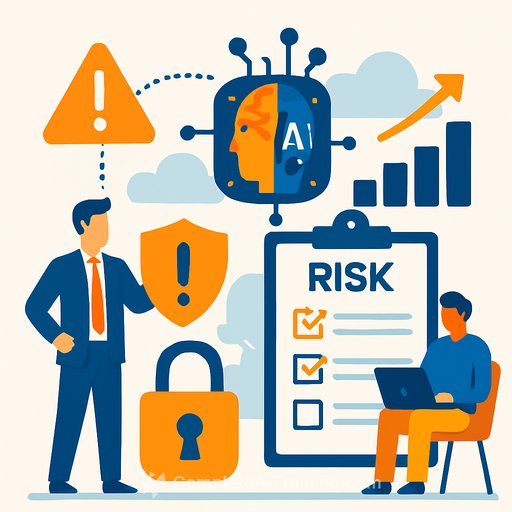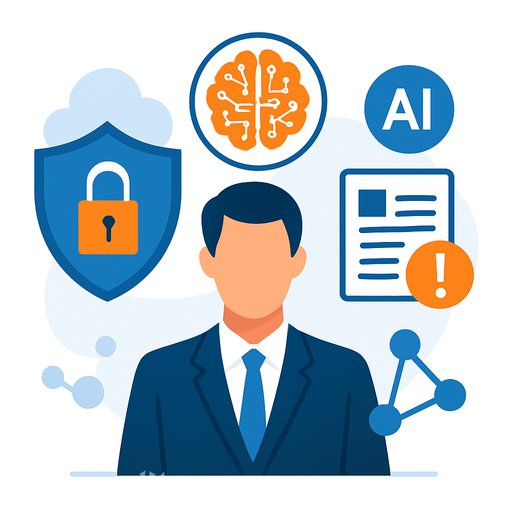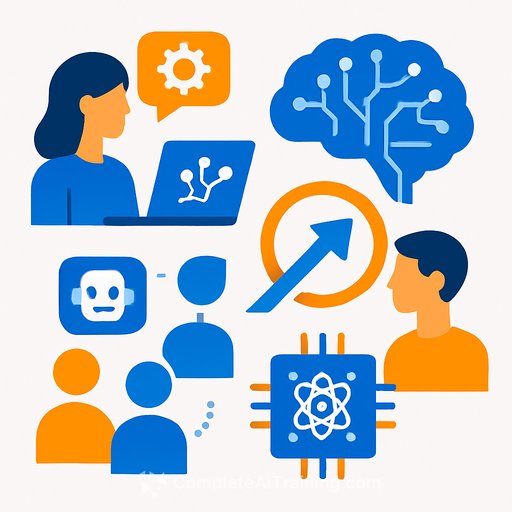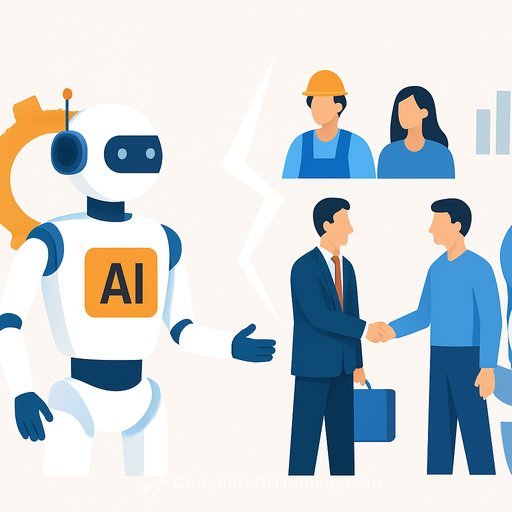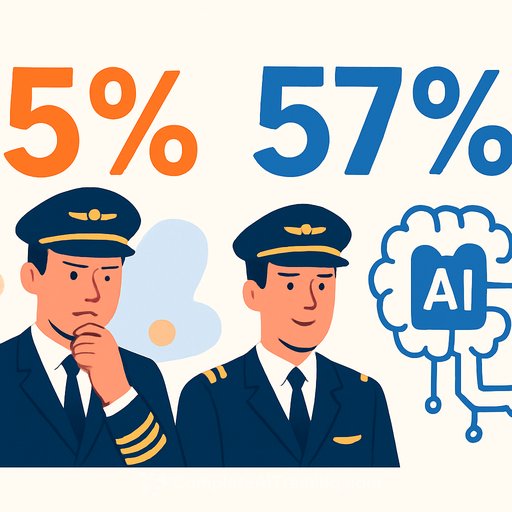The Invisible Shift in Risk Management Due to AI
Artificial intelligence is quietly reshaping how companies approach risk management. What used to rely heavily on human oversight and manual checks is evolving into a system where AI-driven decisions happen in real time. This change often goes unnoticed but carries significant implications for business leaders, especially in technology-intensive sectors.
Traditional risk frameworks, built on periodic audits, struggle to keep up with AI systems that continuously learn and adapt. For example, financial services use AI to predict market changes or detect fraud instantly, but these systems introduce new risks such as biased models or data poisoning attacks. Surprisingly, only about 8% of businesses have fully integrated AI with comprehensive risk strategies, leaving many vulnerable to unexpected threats.
The Predictive Power and Its Perils
AI’s ability to anticipate risks transforms risk management from reactive to proactive. Companies can now identify potential cyber, financial, and operational threats much earlier than before. However, AI’s decision-making processes are often opaque, creating uncertainty about how conclusions are reached.
Multi-agent AI systems—where several AI units interact independently—add another layer of complexity. Risk methods that work for single AI systems fail to address the unpredictable dynamics that emerge when multiple agents operate together. Sectors like healthcare and finance must rethink compliance strategies to ensure AI doesn’t unintentionally breach regulations during autonomous actions.
Navigating Third-Party Risks in an AI Era
AI is also transforming third-party risk management by enabling continuous monitoring of vendor ecosystems. Automated due diligence and real-time threat detection help organizations respond faster to disruptions. Yet, reliance on external AI providers creates dependencies that can ripple through supply chains if a vendor’s model fails.
Economic and geopolitical factors add pressure to adopt dynamic governance models. Inflation, talent shortages, and global tensions require executives to move away from static policies toward continuous AI-driven oversight. Industry leaders estimate the potential financial gains in sectors like finance could reach hundreds of billions annually, but risks like AI hallucinations and cybersecurity breaches remain.
Building Safeguards for Agentic AI
Agentic AI systems act independently, often handling complex data streams without constant human input. This autonomy demands stronger controls to prevent unintended behavior. Companies are investing in explainable AI and comprehensive governance frameworks to maintain clear oversight.
Integrating AI risk management into overall business strategy is crucial. Controls must balance preventing failures with maintaining room for innovation. The real risk is not AI itself but the absence of proper supervision, especially as low-code tools make AI development more accessible but potentially more exposed.
Future-Proofing Through Adaptive Strategies
Looking ahead, risk management must evolve alongside AI advances. Organizations should focus on continuous training, ethical guidelines, and cross-functional collaboration. AI’s role in risk assessment has expanded over time, and businesses that adapt their strategies will build greater resilience.
This shift is not just about technology; it redefines how companies prepare for uncertainty. Thoughtful integration of AI into risk protocols enables firms to capitalize on its capabilities while limiting vulnerabilities, ensuring they remain competitive in an AI-driven environment.
Your membership also unlocks:

